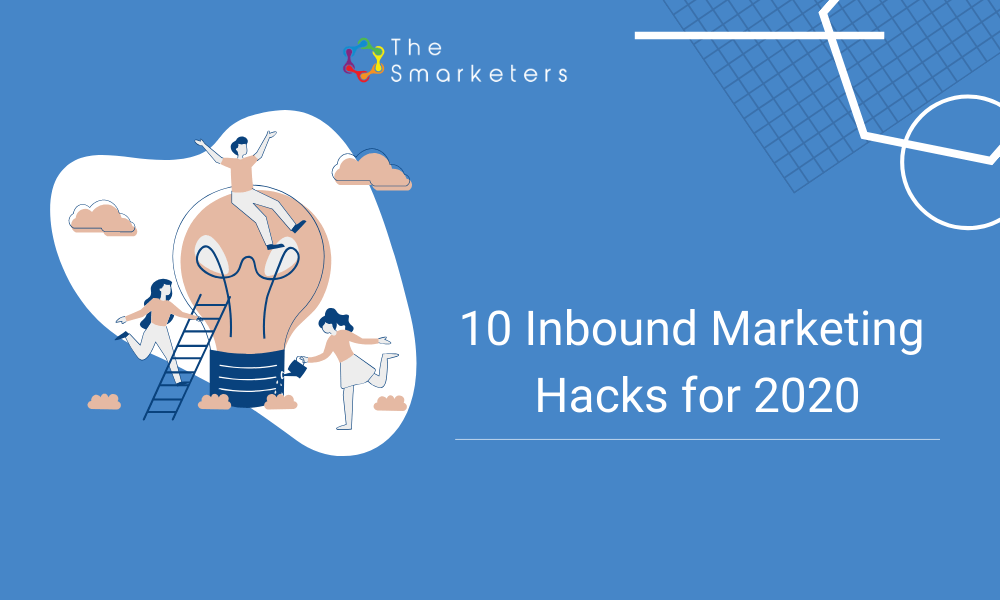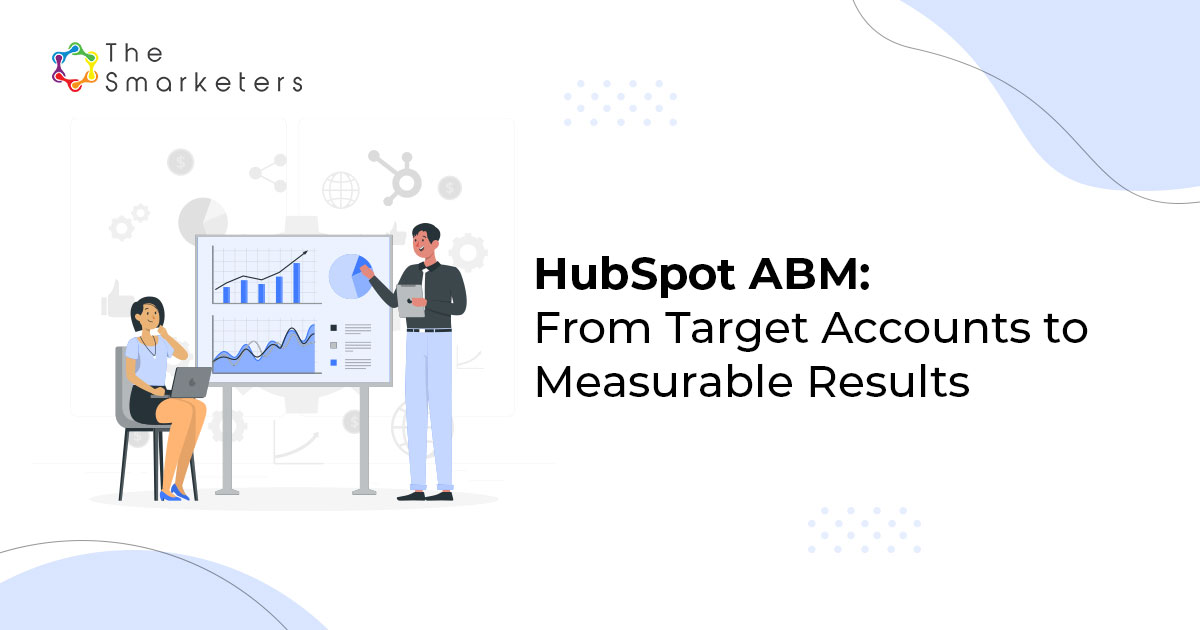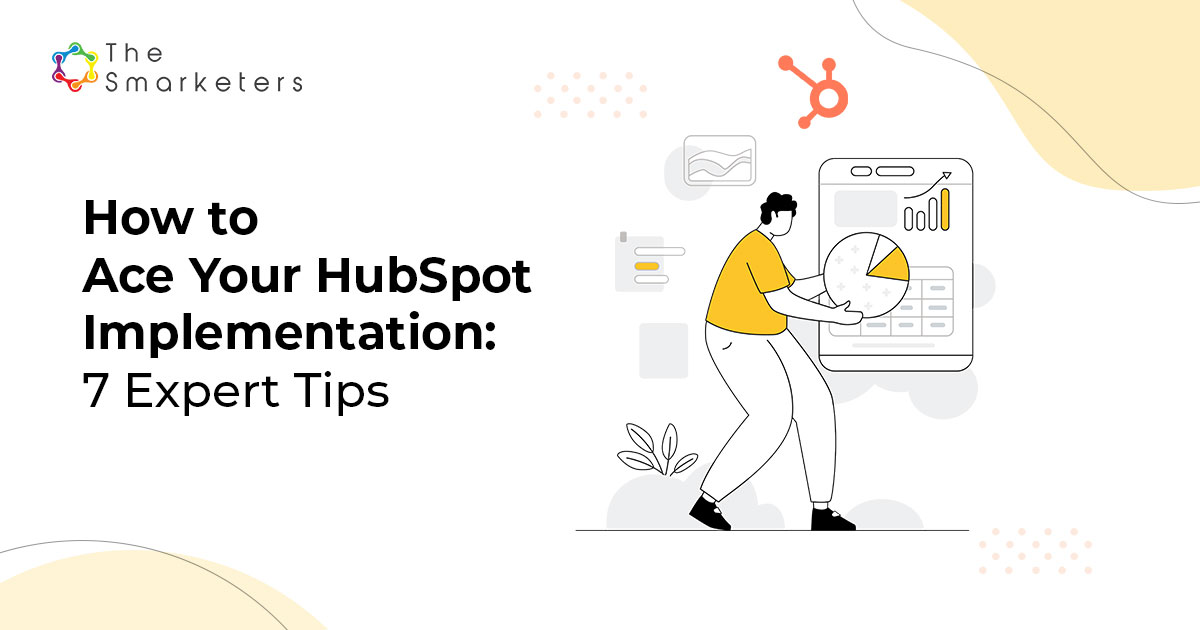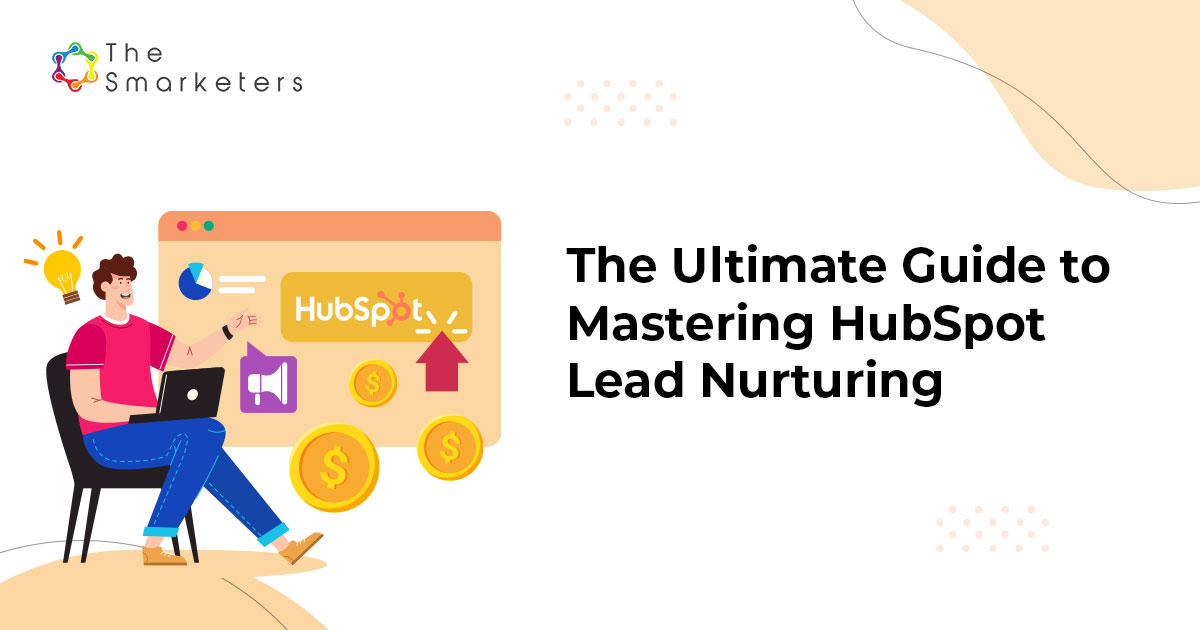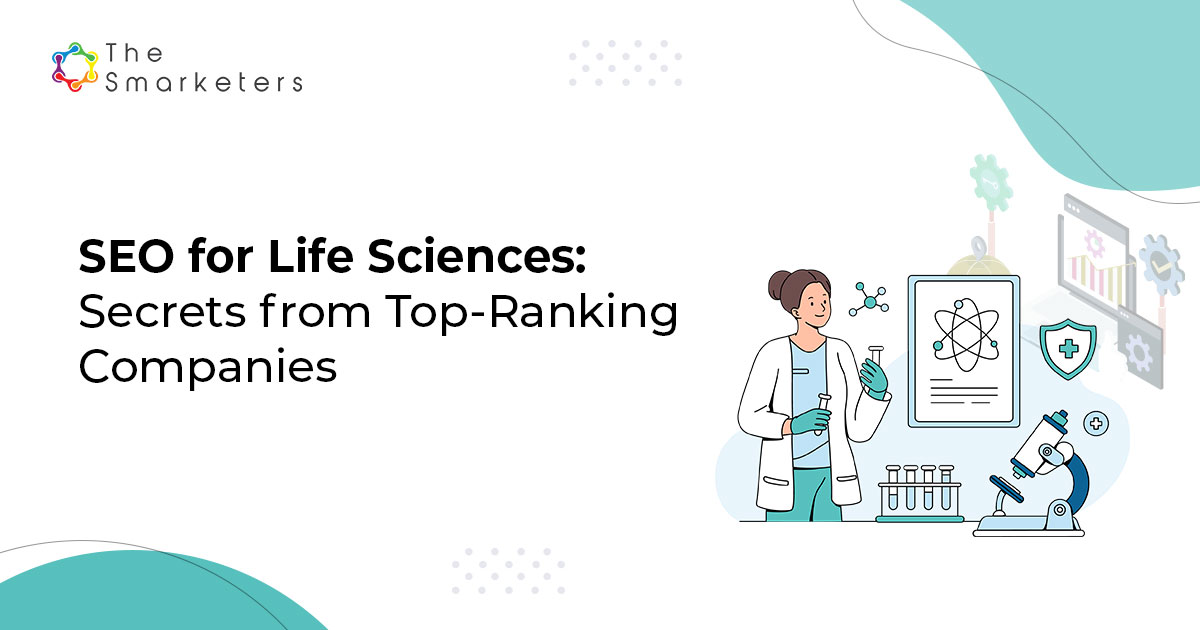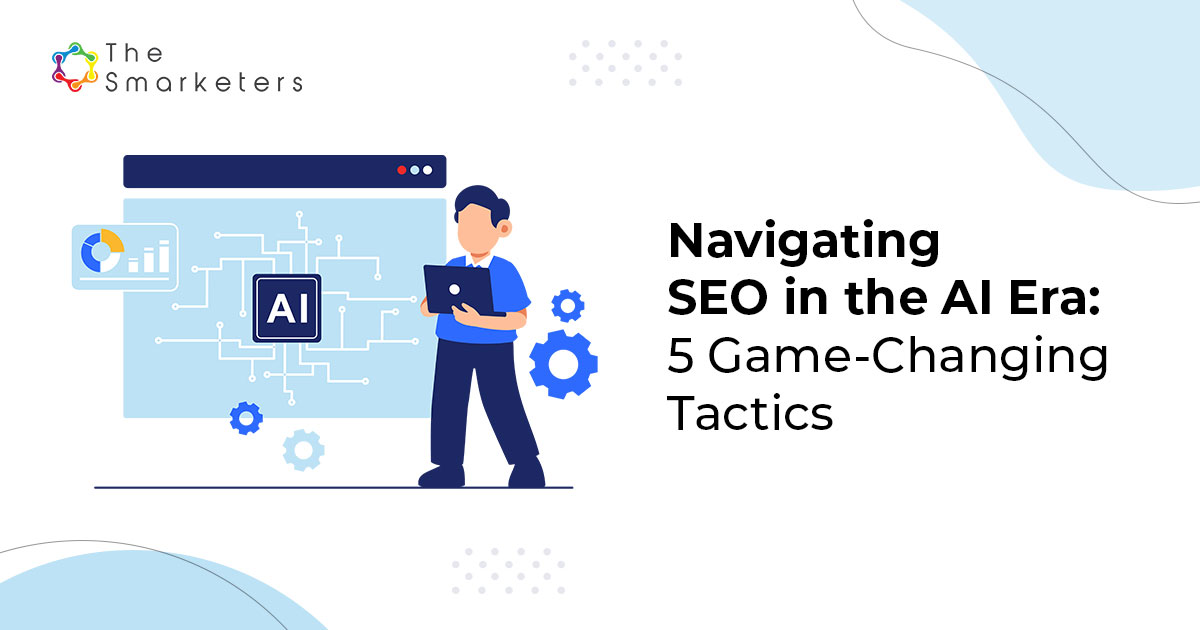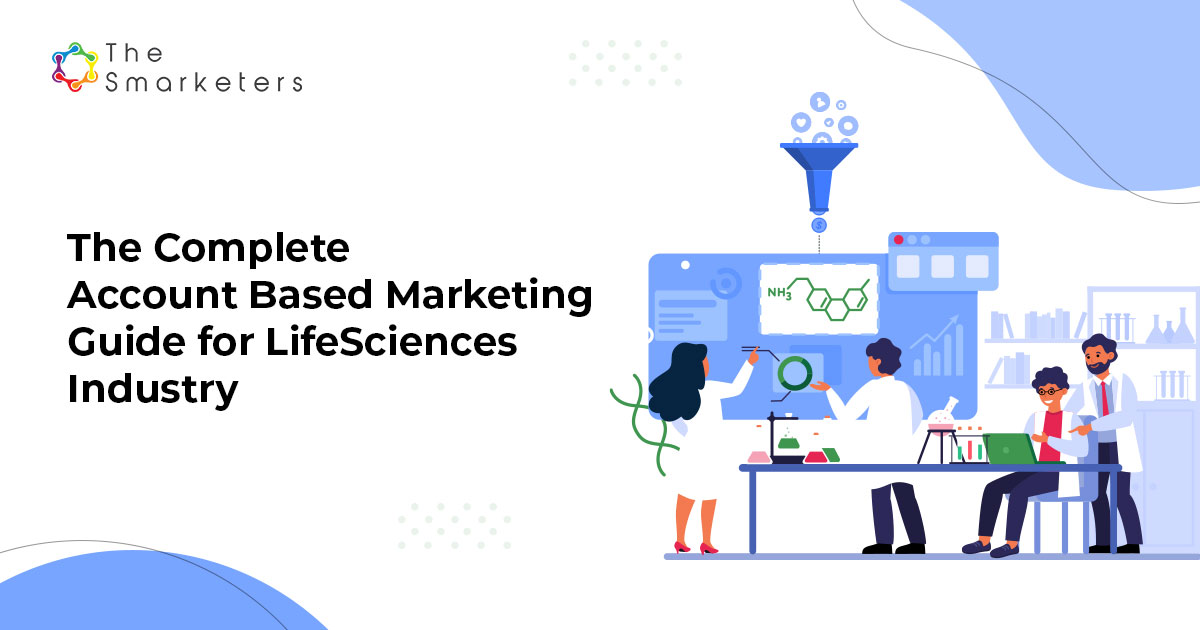As we approach the start of a new year, we wanted to explore high converting inbound marketing strategies. With inbound marketing, your efforts are designed to draw in potential customers, rather than pushing your product or service onto prospects.
A great way to explain this type of marketing is by taking the example of company blogs. Customers come to your blog to read about topics and problems related to the product or service you are selling, and if it is compelling enough, become returning readers and even a customer of your brand.
Seeing how powerful inbound marketing can be, we wanted you to pick up these top 11 inbound marketing hacks in 2020 to ensure your brand can increase conversions and meet set targets.
Top 10 Inbound Marketing Hacks for 2020 for Higher Conversions
1. Voice search
With more homes enabling smart speakers like Alexa and Google Home every year, more people are adopting voice search within their everyday lives. While this number is nowhere close to a regular Google search, voice search has definitely risen. A 2018 study from BrightLocal found that 58% of consumers used voice search to find a local business in 2017. Meanwhile, an Adobe Analytics survey found that 47% of voice searches are making an online search.
If you are trying to reach more people online, it’s time to optimize your website for voice search. Start by optimizing your website by keywords. People using voice search usually search with phrases and sentences. Ensure that your website and other content formats use top-ranking longtail keywords relevant to your product or service. If you are a local business, ensure your location is described properly.
Another way to optimize your website for voice search is by ensuring your site loads quickly and that there are no backend files that are slowing it down. You will want to look into the theme files or added plugins and apps you have installed within your website to see which of them are heavy files.
This guide on Voice Search by Backlinko is highly comprehensive and helps you get started with voice search optimization immediately.
2. Search engine optimization
It’s getting tougher for businesses to drive results from email marketing. With GDPR in place in Europe and CCPA, certain target markets are becoming even more difficult to reach.
Facebook and LinkedIn ads have become expensive too. Businesses are finding it difficult to match the advertising budgets of bigger brands, making it more difficult for them to grab consumer attention.
But the one tactic that still works like magic, is search engine optimization.
While SEO is a long process and takes time to reap results, it is still the best way to build your brand awareness and bring in new visitors to your brand. Even when most of your promotional campaigns have been paused.
For instance, when you search for marketing solutions, Hubspot is often the first to rank. It’s not necessarily their homepage that ranks, but the content they’ve published on the blog that does.
By setting up a strategy to optimize your content for search engines, finding the right keywords, reanalyzing your results on a bi-monthly basis, and optimizing your keywords list routinely, you can make your brand synonymous with the solutions you provide, building credibility, increasing site visits, and attracting new prospects.
Don’t forget to implement SEO within your inbound marketing plan in 2020!
3. Conversational marketing with chatbots
These days, you can provide customers with an engaging experience with your brand with conversational marketing with tactics like Facebook Messenger and on-site live chat. But, as a marketer, you’re sure to have too many tasks on your plate, making it impossible to schedule every single message. This is why your best option is to automate some of your marketing tasks. In the past few years, chatbots have revolutionized the way businesses offer customer support, re-engage customers who have abandoned the website mid browse or mid purchase, and used data to provide tailored recommendations and content to the user.
More than 67% of consumers worldwide used a chatbot for customer support in the past year and as the costs of hiring multiple customer support executives increases, chatbots are likely to help businesses save costs and speed up response times.
If this has convinced you to introduce chatbots within your marketing, you aren’t alone! Start by outlining the goals that the chatbot will help you fulfil and what tasks you want it to run. There are multiple platforms online that can be used to set up a chatbot on your website or app. When setting up, ensure that the chatbot matches the tone of your business. Once the bot is up and running, check in on a weekly basis to understand how it’s performing and optimize it for better results.
4. Data-driven marketing
Even if you are just a small business, you still have a ton of data that you can access to help you acquire customers faster. Marketing your product or service without any logic behind it is a strategy that won’t sustain your business for too long. You can keep throwing new marketing tactics at the wall and see what sticks.
Instead, power your marketing strategies with analytics. If you’re a new business, you can look at industry data to see what has worked, test them out, optimize the better-performing marketing tactic, and continue marketing yourself. If you already have existing data from past strategies, you can look into their performance and understand what has worked for you.
You may find that a particular guide got 10 times more views than your other articles or you’ll find that your carousel posts performed better than single images you posted on Instagram. Use these insights to develop an inbound marketing strategy that is sure to help you meet your goals. Analytics can even help you set up successful paid marketing efforts.
What’s more, analytics can also allow you to A/B split test different inbound marketing strategies you have and understand which versions performed better. Analytics is a great way to find optimized strategies and make more informed decisions to ensure your campaigns deliver greater results.
For instance, you can look into the user flow on your website. Identify the path a typical visitor takes after discovering and reading your article and how they engage with your website. Knowing what motivates them to interact with your business is a great way to ensure a greater number of on-site conversions.
The same holds true if you’re using paid ad campaigns in your inbound marketing strategy.
5. Community marketing
Communities online are as old as the advent of the internet itself. From forums to Quora to Reddit, communities are a great place to discuss interests, share knowledge, collaborate, and solve problems.
For marketers looking to create value and build authority within the brand’s industry, try diving into communities to increase reach. By engaging in relevant communities, you can help people with their problems, understand what the market is looking for, establish yourself within those communities, and suggest your product or services as a top solution when appropriate. What’s more, people within these communities are highly invested in the conversations, unlike a generic marketing post that is promoted on Facebook or Instagram. According to one statistic, the average visitor spends 16 minutes or more on Reddit.
If you aren’t yet engaging with communities online, you can start by researching and finding the right subreddits to join. If you own a website about productivity, join subreddits like Deciding to be Better and Self Improvement and respond to threads and even to users posting interesting responses. Widen your reach by looking for similar groups to join on Facebook, and find questions on Quora and Google that you can answer to boost your brand awareness.
6. Podcasts
Podcasts are a great content format for marketers interested in increasing their brand awareness. As of this year, there are 700,000 podcasts with more than 29 million unique episodes. As more people inculcate podcasts into their daily lives, marketers have more opportunities to create their own podcasts or even get featured in one, successfully creating more awareness about your brand and the problem it solves.
People love podcasts because they are easy to digest. They can listen to a podcast while working out, running errands or driving a car. It’s essentially an article that doesn’t need your full attention!
Highly successful marketers like Seth Godin and GaryVee have set up their own podcasts, allowing them to dominate their niche and attract interested podcast listeners to tune into their new episodes every time they upload.
Getting started with a podcast doesn’t have to be an elaborate endeavour. Think of the problem you solve and pinpoint the industry you serve. What free advice can you provide listeners who work in this industry? List the different aspects of the industry, network and invite authoritative figures to feature on your episodes, and hit publish! Create authentic content and you’ll have a dedicated crowd of listeners in no time.
7. Visual search
Have you ever wanted to search for a particular product by image? With the current search technology, you can! Visual search uses images— screenshots, photographs, or Internet images— instead of keywords when conducting an online search. These searches use AI to add context to the image and come up with relevant web results that match the image that the searcher used.
Visual search is especially helpful for people looking to buy a specific product. According to Pinterest, 55% of consumers say visual search is instrumental in developing their style and taste.
Visual search has the potential to bring you more customers and be more accessible to your customers. Big retailers like IKEA and Target have already built visual search-friendly tech onto their online stores to attract high-converting customers quickly. If you’re wondering how to set up a visual search on your website, you can read this guide by Search Engine Journal.
8. Video content
Videos are the current money-making content formats for marketers. Diode Digital recently found that online video is a 600% more effective marketing tool than print and direct mail combined. What’s more, 74% of users who watch an explainer video about a product subsequently buy it. Videos can be used within any part of your marketing strategy— landing pages, website banners, product descriptions, webinars, and blog articles.
If your business isn’t using video yet, think of how you can slowly incorporate it into your strategy. You can start with quick gifs that you can make with free tools online and evolve into engaging video series.
Social platforms like Youtube make it easier for anyone to get started with marketing their video and the platform’s search capabilities let you optimize your videos for higher reach.
You may be worried about the costs of video making. While complex video ideas may involve production crews and a large budget, you can pick up smaller video ideas to keep your costs down.
Put together engaging videos with tools like Typito, and add text, images, and stock videos to create a short and sweet content piece that people are curious to watch. Once they create buzz, you can even hire a professional videographer to provide higher quality content.
9. Explore new features on social media
If you want to stay relevant, social media is a great place to keep engaging your audience. If you post on social media and find your content bringing in fewer views than it usually does, you may want to check your content formats and social media tactics before blaming the algorithm.
Social media platforms are constantly launching new features to let people push their creativity and find new ways to reach different kinds of audiences. You can try new video formats with IGTV on Instagram and Watch on Facebook, grow communities with hashtags and post notifications on Instagram, host chats on Twitter, enhance your Instagram stories with music, and even create videos on LinkedIn!
Besides trying out different features on these platforms, you should also try different content formats. For instance, despite his skyrocketing engagement rates, GaryVee started posting illustrated carousels on Instagram to attract a different crowd to his page.
It’s important to constantly experiment with your social media strategy and optimize your best ideas to keep your audience interested.
10. Transparency in content
Content marketing is a great way to bring new visitors to you. But, just like every marketing tactic, content marketing is also seeing a large shift.
Your customers don’t want complex, long-winding articles. While 2,000 word articles may be great for indexing, word count doesn’t turn readers into customers nor will it keep them on your site for longer. Instead, if you want your content to spark engagement, you need to be more meaningful and transparent with what you share.
You can start building transparency by focusing on your goal— what problem are you trying to solve? Do you have goals with your product or service besides selling?
Once you’ve found your goal— whether it’s helping non-designers create designs without expertise or scheduling multiple social media posts at once— dive into different queries that your customers have and create content for these issues.
Make your content about the customers, take examples from users rather than hypotheticals, and share insights of success and failure.
Not sure how to use these inbound marketing hacks in your B2B growth strategy? Contact us and we can work on it together!

